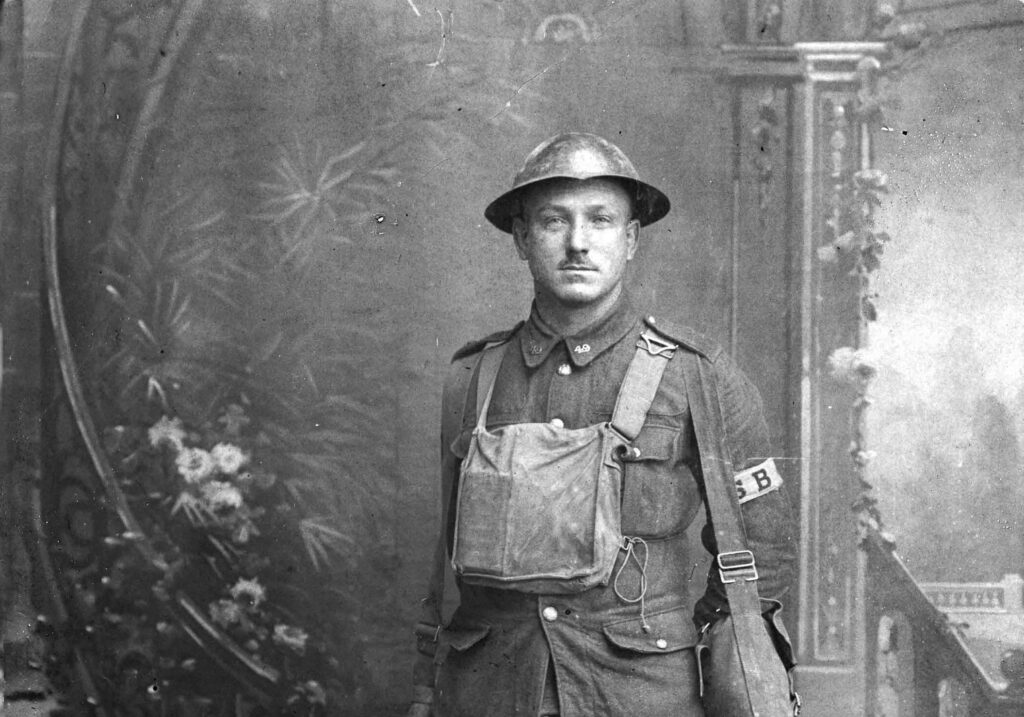Photograph: South Peace Archives, Edward Heller fonds, SPRA 194.01 [cropped]
The Battle for Passchendaele was the final victory in the larger British offensive in Flanders to drive the Germans from the essential Channel Ports and to eliminate their coastal U-boat bases.
The offensive began on 31 July 1917. Despite the constant rain, the British managed to obtain most of their objectives by October. Most but not all: Passchendaele, just east of Ypres, remained in German hands. With the Australian and New Zealand troops exhausted, Sir Douglas Haig, commander-in-chief of the British Expeditionary Force ordered in the Canadians.
Appalled at the battlefield conditions and despite limited preparation time, Sir Arthur Currie, commander of the Canadian Corps, carefully planned the upcoming battle and ordered vital improvements to gun pits, road, and tramlines.
The battle commenced on 26 October. By mid-November, the Canadians reached their objective. The cost was high: nearly 16,000 Canadians dead or wounded. Among those were men from the South Peace Region.
Some of those men include D.W. Patterson (fonds 152), Edward Heller (fonds 194), John Thomas (Digby) Smith (fonds 367), Arthur Buck (fonds 298 ) Walter Spry (fonds 559), and Herman Klukas (fonds 635). Others, for whom we have few or no records include Harold Hugh Black, William Andrew Cowan, John Proctor, John Francis McLeod, Frank M. Longair, William G. Longhurst, Walter Emerson Eaton, William George Hodges, Frederick C. Keith, and Gustaf “Smithie” Listhaeghe. You can view their stories at SPRA’s online Soldiers’ Memorial.
To get an idea of the devastation they fought through, consider attending the Passchendaele movie screening at the Grande Prairie Regional College this Friday. We will also have a small display honouring our South Peace veterans who played a role in this important battle.
Canada Remembers Program http://www.veterans.gc.ca/eng/remembrance/history/first-world-war/fact_sheets/passchendaele
